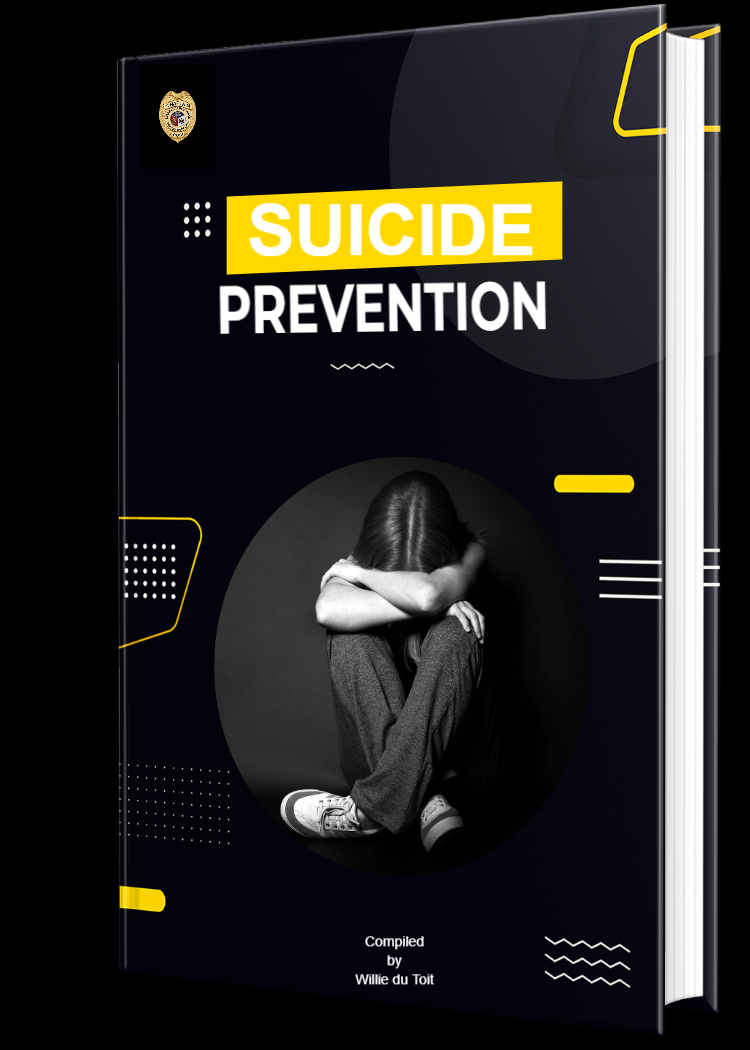This course on suicide prevention provides participants with the necessary knowledge and skills to identify individuals at risk of suicide and intervene effectively. Through a combination of theoretical presentations, case studies, and interactive exercises, participants will learn about the warning signs of suicidal behavior, risk factors, protective factors, and the importance of early intervention.
Participants will also learn how to effectively communicate with individuals in crisis, assess their level of risk, and develop a safety plan to keep them safe. The course will also cover various suicide prevention strategies, including crisis hotlines, support groups, and mental health resources.
By the end of the course, participants will have a better understanding of suicide prevention best practices and be equipped with the tools and resources to help prevent suicide in their communities. This course is suitable for healthcare professionals, mental health providers, educators, social workers, and anyone interested in learning how they can help prevent suicide.
What will i learn?
- 1. Understand the risk factors and warning signs associated with suicide.
- 2. Identify strategies for intervening and providing support to individuals at risk for suicide.
- 3. Demonstrate effective communication skills when discussing suicide prevention with individuals in crisis.
- 4. Develop a comprehensive understanding of mental health resources and support services available for individuals contemplating suicide.
- 5. Advocate for and promote awareness of suicide prevention within your community and social circles.
- 6. Understand the impact of stigma and cultural factors on suicide prevention efforts.
- 7. Implement self-care practices and boundary-setting techniques to prevent burnout when supporting individuals at risk for suicide.
- 8. Collaborate with mental health professionals and other support systems to create a holistic approach to suicide prevention.
- 9. Evaluate and assess the effectiveness of suicide prevention strategies and interventions.
- 10. Demonstrate empathy, compassion, and active listening skills when engaging with individuals who may be experiencing suicidal thoughts or behaviors.
- 1. Only Accredited and Ordained Cobi Chaplains with yearly renewal fees up-to-date may access this course free of charge.
- 2. All other students may enroll in the Course at a fee of $15.00. Please send an email to [email protected], for enrolment instructions and payment details.
-
Suicide Prevention: What is Suicide Ideation?
Preview 00:04:35
-
Suicide Ideation
0:05:00
-
Suicide Prevention: How to talk about Suicidal Thoughts
Preview 00:09:11
-
How to talk about Suicide
0:05:00
-
Suicide Prevention: Have a safety Plan
00:08:42
-
Safety Plan for Suicide Prevention
0:05:00
-
How to approach a survivor of suicide
.
-
How to approach a survivor of suicide
0:05:00
-
An Overview of Suicide Prevention: Downloadable Manual
.
-
Understand the risk factors and warning signs associated with suicide.
.
-
Identify strategies for intervening and providing support to individuals at risk for suicide.
.
-
Demonstrate effective communication skills when discussing suicide prevention with individuals in crisis.
.
-
Develop a comprehensive understanding of mental health resources and support services available for individuals contemplating suicide.
.
-
Advocate for and promote awareness of suicide prevention within your community and social circles.
.
-
Understand the impact of stigma and cultural factors on suicide prevention efforts.
.
-
Collaborate with mental health professionals and other support systems to create a holistic approach to suicide prevention.
.
-
Effectively providing a suicide prevention Program
0:15:00

Write a public review